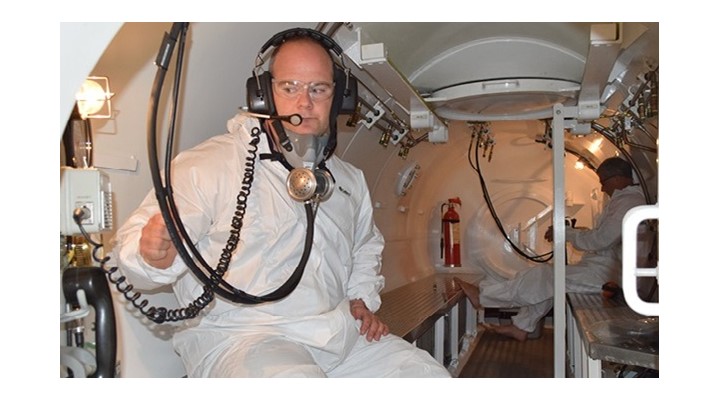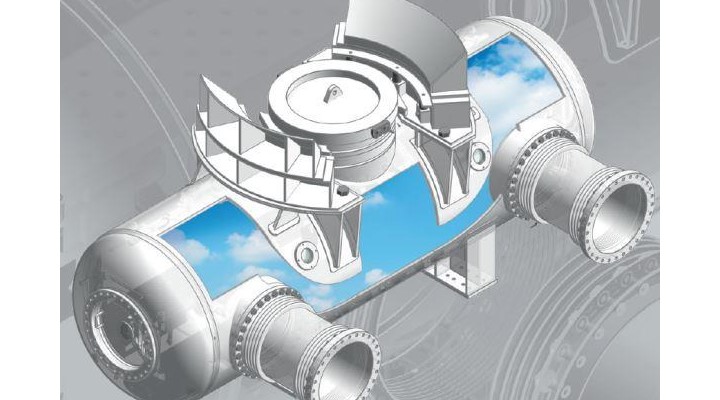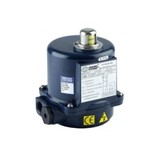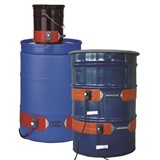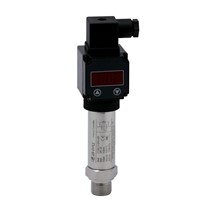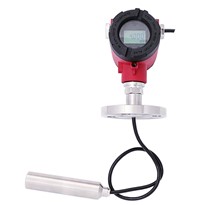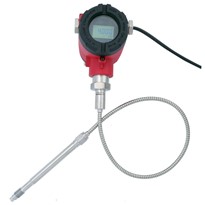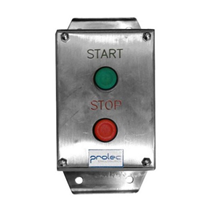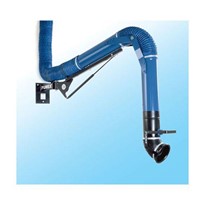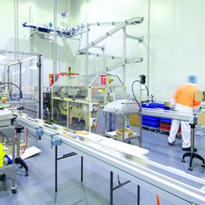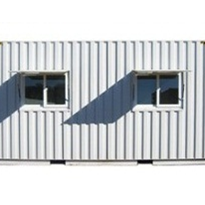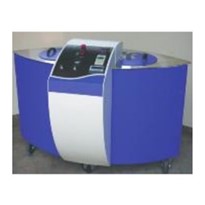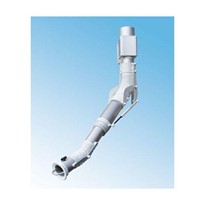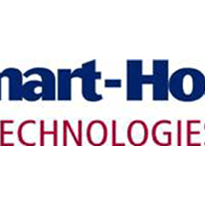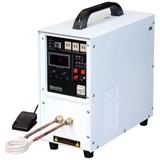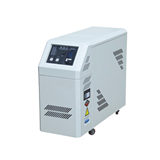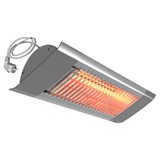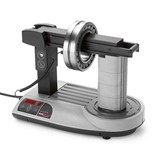18 Mar 2015, Australian Defence Magazine
Katherine Ziesing | Canberra
H.I.Fraser specialises in critical gas and liquid systems with a workforce of about 75 people, split between their Perth and Sydney offices. And they are no strangers to working with Defence on various elements of submarines and other naval platforms, which they have done for the past 60 years, along with their work in the international oil and gas and mining sectors.
Prior to the SERS upgrade project, there wasn’t any diving breathing air pressurization and breathing supply system that met offshore commercial or naval requirements. H.I.Fraser has come up with a solution that provides redundancy and exceeds both the Naval and Det Norske Veritas (DNV) breathing air requirements. In addition the H.I.Fraser low pressure air compressors (LPAC)/DB containerised solution reduces the deck footprint required from in excess of 40 offshore bottle packs to 13.
"The SERS equipment that we upgraded under the contract was the deck equipment, which includes the hyperbaric suite,” explained H.I.Fraser’s General Manager East Chris Williams to ADM.
"This consists of two existing deck decompression chambers (DDC), an existing transfer under pressure (TUP) chamber and the ancillary equipment which we designed and manufactured in Australia."
H.I.Fraser has designed and manufactured a world leading solution for the support of the Australian Navy's SERS Hyperbaric Suite. The solution consists of two air transportable containers (one supplied from fellow Australian SME, Royal Wolf,) that provides the submariners, in all seven integrated diving locks of the hyperbaric chambers, with an Environmental Control System (ECS) for heating/cooling/humidity control of the internal chamber environment, as well as another for electrical power distribution and diving quality breathing air.
Unique capability
The H.I.Fraser SERS solution is a world first and novel for two reasons:
- The ECS meets and exceeds the IMCA offshore diving environmental control standards, despite the sheer volume of gas in the system, number of people being decompressed (72) and number of integrated diving locks (seven).
- It addresses the issue of significantly reducing the footprint for traditional Submarine escape systems by using a novel low pressure air compressor solution. The compressor solution exceeds the navy and commercial safety requirements for breathing quality diving air.
"There are two major engineering elements that we introduced into the system,” Williams outlined to ADM. "The first was the ECS which provides heating, cooling and de-humidification to all of the individual locks in the chambers. ”
The proof of the level of achievement of this world leading solution is that two of the four leading international offshore diving companies either failed to develop a solution that worked, or refused to quote due to the complexity of the problem, calling the requirements ‘unachievable’. This is the nature of the work that this SME took on and solved in less than 12 months, complete with internationally recognised certification, once they realised that the work could not be completed externally.
This contract became an R&D project when one of the internationally recognised offshore diving businesses that build ECSs for offshore, saturation diving systems, could not get their ECS to work, and another declined to quote, citing the unachievable contract system performance criteria. The program office, COLSPO (Submarine Branch), would not increase the contract value and hence H.I.Fraser made a conscious decision to complete an R&D project to design, manufacture and test an ECS that met the contract requirements within the contracted budget.
The second major element was the Low Pressure Air Compressor (LPAC) and electrical Distribution Board, an air transportable container. The SERS is unique in that it requires a very large volume of diving quality breathing air, but at relatively low pressures. No other commercial offshore diving system has these characteristics.
The diving industry norm is for high pressure air compressors and receivers to be used. HPAC's cannot be used for the SERS because they do not produce enough air quickly enough to meet the operating cycles of the SERS. The main result of this is that the SERS has it’s gas supplied by high flow rate LPACs . LPAC's have to be used as there is not enough deck space to hold the number of offshore bottle packs required to pressurise and flush the SERS. Other offshore diving specialist companies have tried to design and manufacture LPAC solutions to be certified by DNV. To date, all have failed.
Adding an extra layer of complexity is that the complete system was to be certified to DNV and DNV do not have any rules that are specific to SERS. The certification environment that H.I.Fraser faced was complex, in that there was conflicting advice from certifiers about what was covered, what was not, and even if the system could be certified at all, given the military operating environment.
After much negotiation, time, ingenuity and capital investment from the SME, the upgraded SERS system was able to demonstrate:
- An ECS that meets the requirements of the contract.
- An ECS that has some level of DNV certification.
- An LPAC solution that supplies the contracted amount of gas to the SERS at the contracted breathing air quality.
- DNV certification for the LPACs.
H.I.Fraser used Professional Diving Services (PDS) an independent commercial diving business to operate and man the Safe To Dives over the three days. It was very important for H.I.Fraser to provide the COLSPO with independent third party verification that the upgrades that we made to SERS were acceptable for a commercial diving business to dive SERS.
The seriousness of the engineering and the potential to do harm if something went wrong during the SERS manned Safe To Dives cannot be understated. During each of the six manned dives the commercial divers were dived to 50 and remained there for a minimum of 20 minutes. The recompression time to come back up was in the order of 1-1.5hours depending on the time the diver spent at 50 meters.
"If you really want to play for keeps, engineer and manufacture a system and then test the system using people where the consequences for something going wrong is serious personal harm and even death," Williams said.
"At the end of the manned dives we were very proud to say that the SERS performed very well and everyone went home to their families.
"In the space of just over 18 months, we went from having a system that we understood would be delivered and would be plug and play, to realising that it wouldn’t work and then going out to market to see who could achieve the goal," Williams said.
"When the reality that no-one could meet the contracted requirements sunk in, we then decided to design, manufacture, test and certify ECS and LPAC systems of our own. The engineering, manufacturing and testing took about 12 months to complete," Williams summed up.
"The system now has a well understood baseline that is well documented. Whoever next gets the systems will have a complete, up to date 3D CAD drawings and documents."
Export
Williams admits that there are limited export opportunities for the technology because it is unique and the closed nature of the SERS market will be an issue. The asset has now been delivered to the Commonwealth where it was shipped straight to James Fisher Defence (operators of the wider SERS capability) and H.I.Fraser's involvement with SERS is now finished.
"This project has really demonstrated what Australian SMEs are capable of," Williams said. "For example, the LPAC container was completely designed in 3D. The container was a one off from Royal Wolf, who we worked closely with. The container was manufactured and had the penetrator plates and custom doors cut out in China. The container was ready to be shipped back to Australia for mechanical and electrical fit out when it was delayed by two weeks by two typhoons.
"Our schedule was so incredibly tight that we could not afford to wait so we manufactured all the components to go inside the container using the 3D drawings, so that when the container arrived, we were good to go for the mechanical and electrical fit out.
"H.I.Fraser will be leveraging off this experience of unique design, engineering and manufacturing in both Defence and other sectors. SERS is an example of how Australian manufacturing SME's can achieve some really exciting, amazing and complex engineering solutions in very tight timeframes," Williams enthused.


